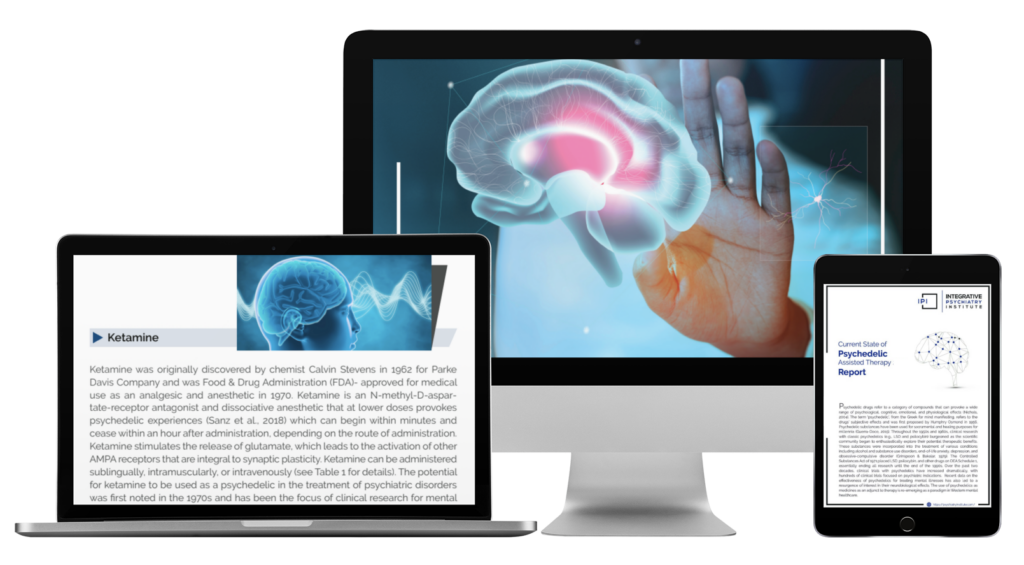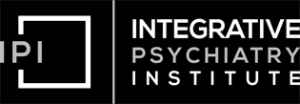77% of the people in the US do not have access to a mental health in their county.
55% do not even have a provider in their county.
County’s around the country have reported that they are under a severe or extreme crisis.
The vast majority of children with mental health disorder ¾ or better as well as majority of adults that have the disorder never find treatment.
Functional Neuroimaging Modality relates how we assess the brain as psychiatry is the only specialty in medicine that does not base its treatments off of an organ assessment.
With Loreta technology you can see that you can do very specific localizations in the brain, getting feedback in what’s going on in different neurological centers.
Hypnosis on the other hand can offer an altered pain perception via sensory modulation or affect modulation based on the type of suggestion given.
FULL TRANSCRIPT:
A full 77% of the people in the US don’t have access to mental health in their county. 55% don’t even have a provider in their county, and counties around the country, the majority of them report that they’re in a severe or extreme crisis.
We have another above number of other features as a child adolescent psychiatrist. The vast majority of children with a mental health disorder, three quarters or better never find any treatment, the majority of adults with a mental health disorder, never find treatment. in Integrative Psychiatry, we’ve had this theme of body mind spirit that has sort of course through this field for the last 40 years that I’ve paid some attention to it. So, if we were to create these three pillars of body mind spirit, it might look something like this body is the hardware, mind is the operating system and controller, and soul or spirit depending on which term you like is the application.
So, the first thing that I want to talk about is not only functional neuro imaging, which is called Loretta, but this relates to how we assess the brain. Psychiatry is the only specialty in medicine that does not really study and basis treatments off of an organ assessment. neurology does it, every other specialty in medicine does it, psychiatry doesn’t. And I think that functional neuro-imaging, which is actually QEEG (Quantitative Electroencephalogram) has the opportunity to do that, as we start to go out into the realm of things that we can actually use in practice, we only have a few choices. Actually, the microscopic level because it involves cutting into the brain is just not practical. So, we get out to things like fMRI, PET scans, SPECT scans and one database.
If you look at the blue in the top, that blue rectangle, what you can see is that EEG gives us electrical detail down to the milliseconds which is critical on how fast the brain works. and it also gives us localization down to the seven to 10 millimeters so that is actually acute enough to be really helpful. It doesn’t have quite the detail of resolution of PET scans or SPECT scans, but it has a number of other positive attributes.
So what we see with Loretta technology and this is using a 19 lead, EEG assessment cap is that you can localize things down to very specific localizations in the brain. You can get feedback that helps you to understand what’s going on in different neurological centers and you can actually uptrain or down train, specific sites, like the cingulate or the amygdala.
Neurofeedback just building on that, is something that helps us to train the brain. It takes this quantitative electroencephalographic output, and we do real time biofeedback with it to alter the patterns. And we have very clear documentation that biofeedback works through opera and conditioning and, we now have very good evidence that neurofeedback works.
We also know that hypnosis can alter pain perception, and it can alter in different ways depending on the perception. We can do sensory modulation or affect modulation based on the type of suggestion that’s given. So there’s different ways to hack the system using different codes into the system. Hypnosis and this is something I learned in my study of Ericksonian hypnosis 20 and 30 years ago, is this really simply the power of communication and how do we learn to communicate well, to enhance the placebo effect, which is really at its core, our ability to self-heal.







